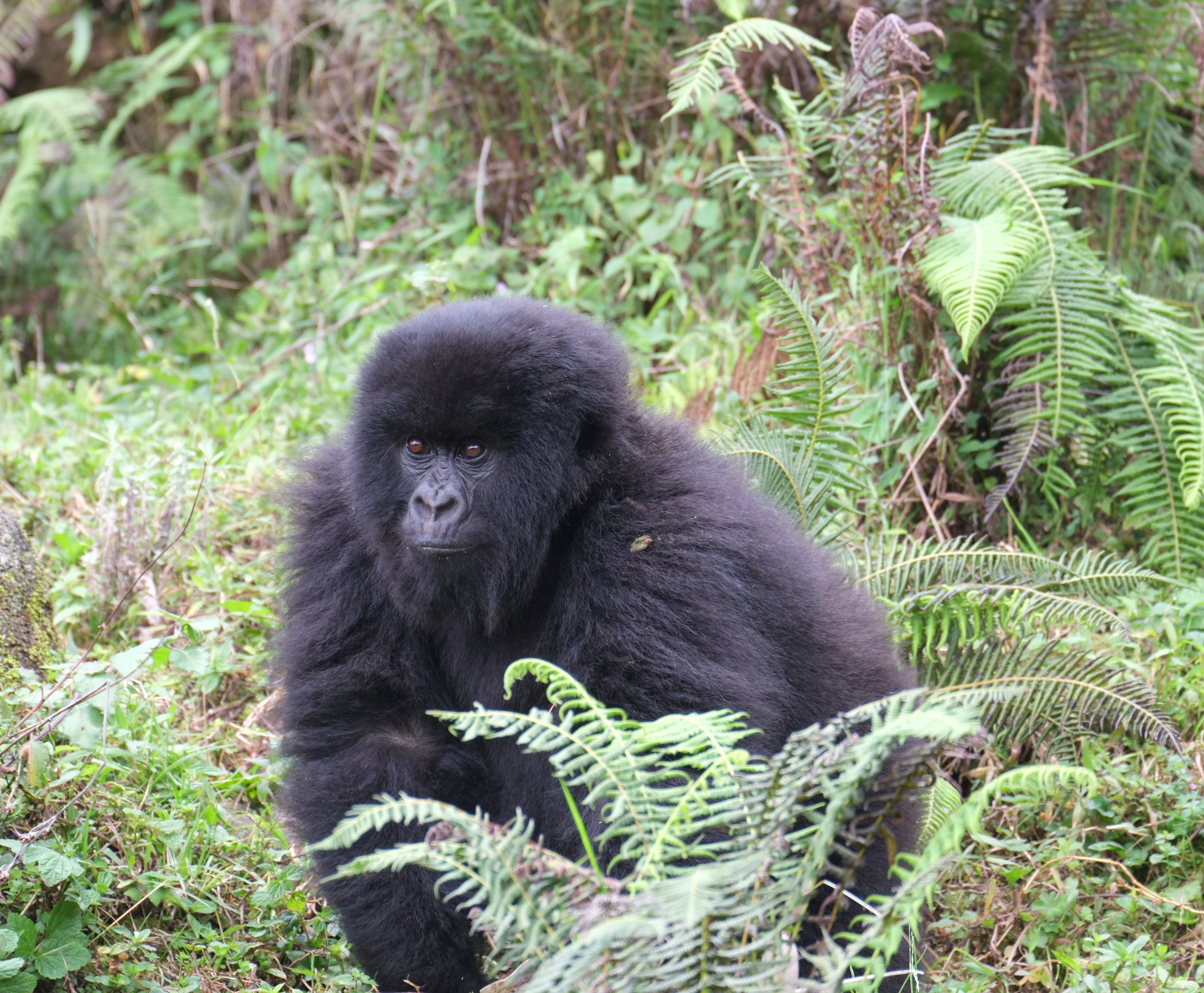
I’m in Rwanda to explore the relationship between parks and people—and how climate change plays into a dynamic where conservation and development can both work together and clash. Everywhere, I sense the push and pull between people and wildlife; their competing concerns, the harmonizing role of forests, and the polarizing nature of protected areas.
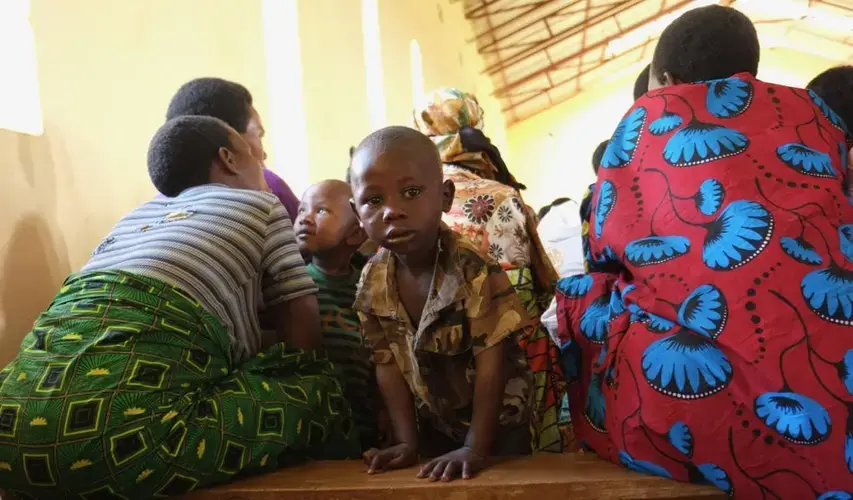
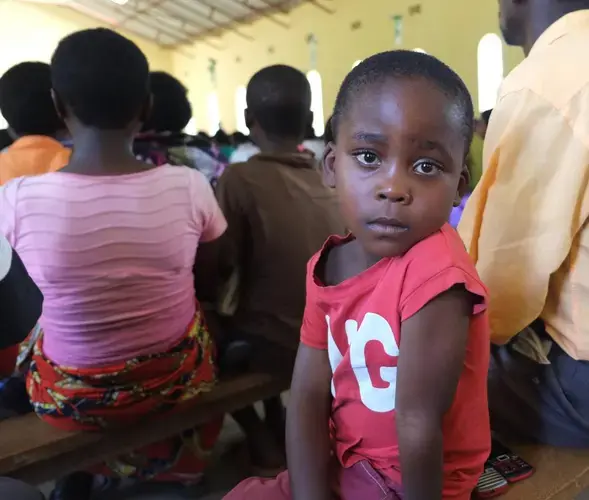
Children attend church in Banda, a village near Nyungwe National Park. Cameras are distracting!
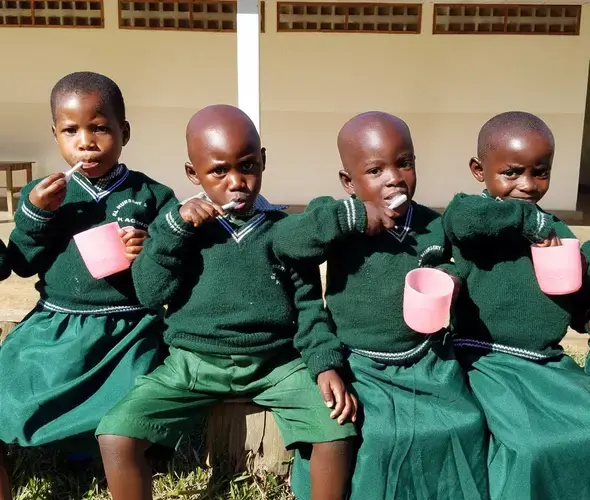
Oral hygiene in a primary school in Banda village near Nyungwe National Park.
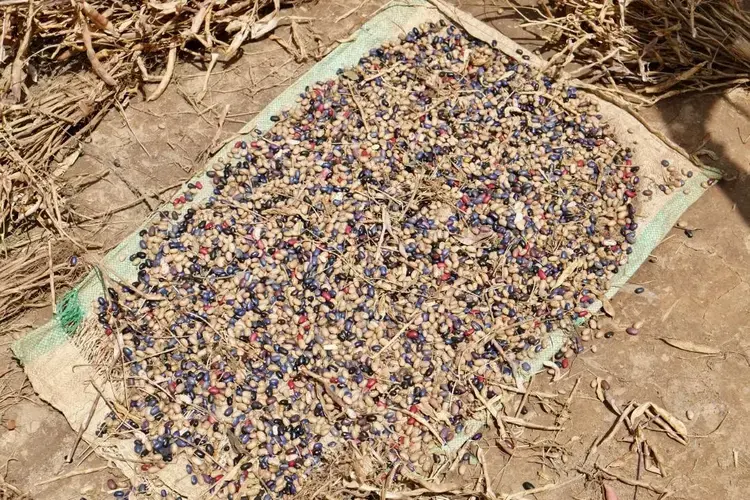
Bean harvesting by smallholders in Banda. Farmers use wooden poles to grow climbing beans. Here, beans are laid out to dry before consumption.
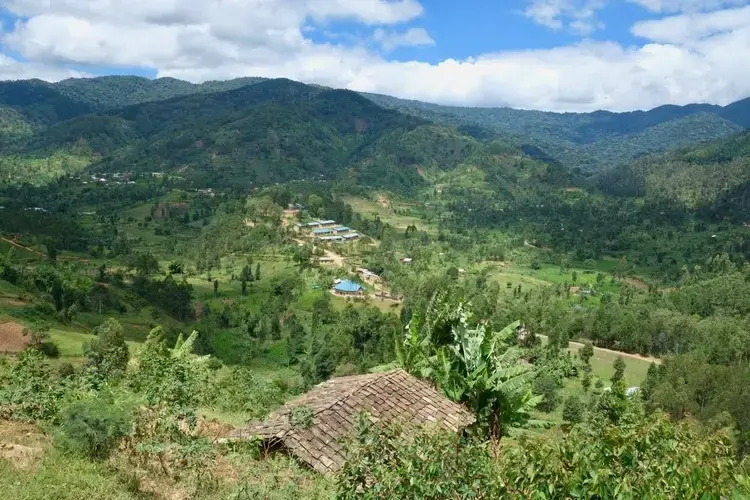
Nyungwe National Park and a few villages that surround the forest.
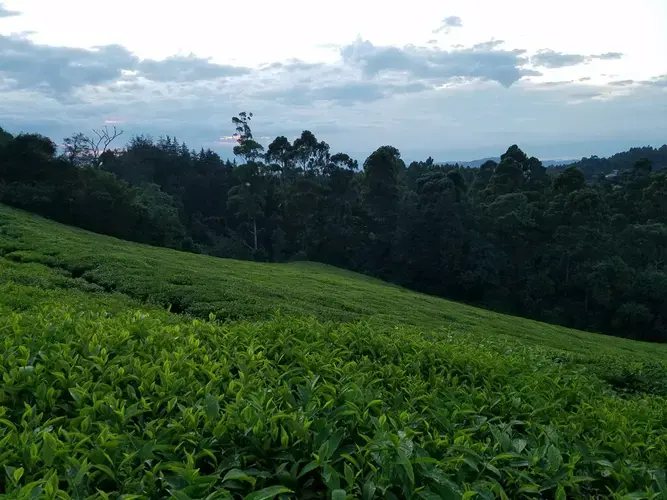
To mitigate human-wildlife conflict, tea is planted in the buffer zone in Nyungwe. Tea plantations can provide jobs to local communities and prevent crop-raiding by primates.
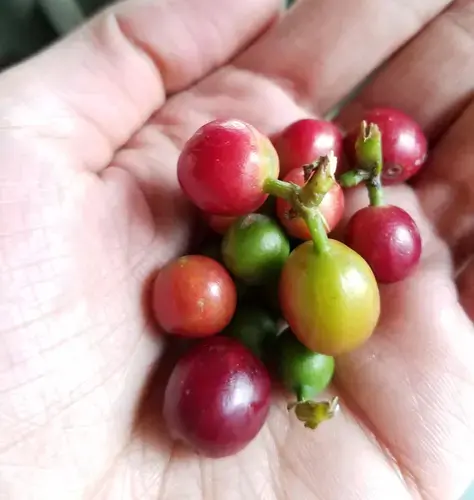
Freshly-picked coffee cherries from a coffee plantation in Rwanda.


